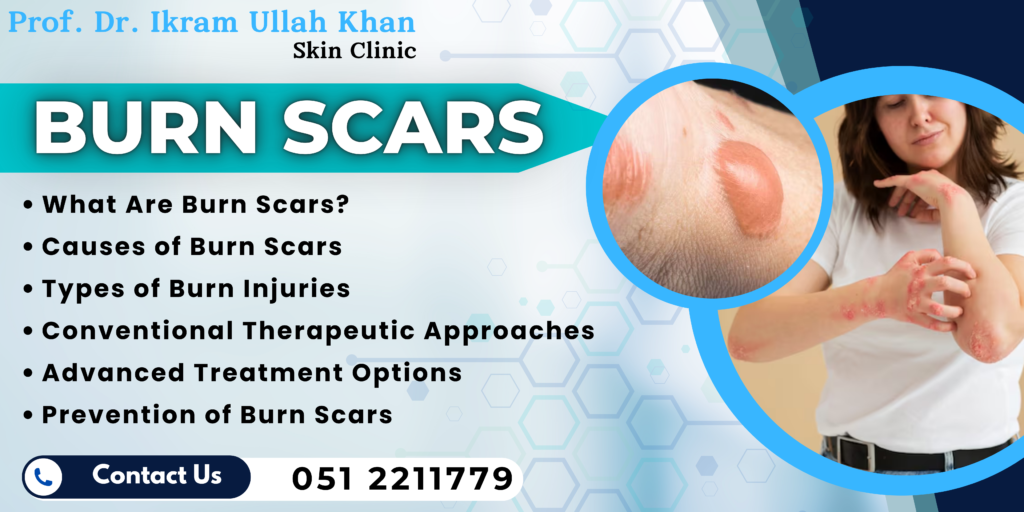Burn Scars: Understanding Causes, Types and Advanced Solutions
Burn Scars are an unpreventable mishap in today’s world, and much of these are ugly and traumatic.
These lesions not only are of cosmetic concern but also cause functional impairment, pain or change the quality of life of the affected individual. Albeit many people have benefitted from other treatments, recent technological improvements provide better and even newer ways of minimizing burn scars.
Prof. Dr. Ikram Ullah Khan is the best dermatologist in Islamabad, who offers state of the art treatments that mark new light of hope to the people who have burn scar.
What Are Burn Scars?
Scars form when the body has healed from a burn injury and forms a scar as a part of the healing process.
Skin damage occurs and the body will respond by producing collagen, which is a type of protein that helps in the healing process.
In any case, though, if the burn was deep, and the wound massive, the body may produce excessive production of collagen thus leading to the formation of a tough and thin skin known as scar.
Burn scars come in different forms, each with distinct characteristics:
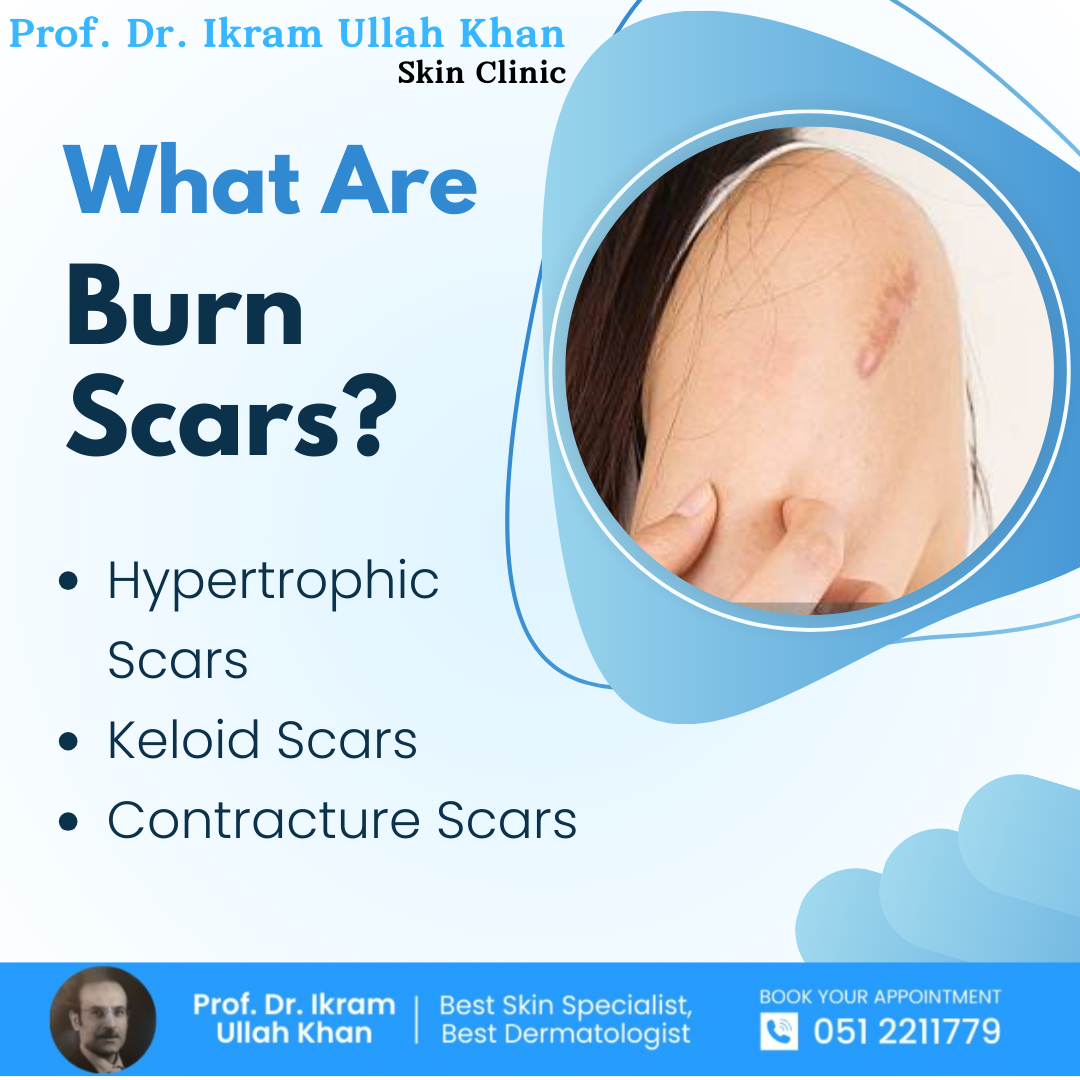
Hypertrophic Burn Scars:
These are elevated, mid-zone, well-demarcated lesions that develop inside the physiological margins of the burn wound. They are usually red, become itchy and may even grow further for several months after the damage.
Keloid Burn Scars:
Keloids are raised tissue growths and they form outside the initial burn region and they keep on enlarging. These scars are noticeable more in people with dark complexion.
Contracture Burn Scars:
These are identified at that point when the skin draws as it heals and hinders freedom of movement. Contractures which are associated with severe burn and affect joint function are also likely to occur.
How Do Burn Scars Impact Patients?
In addition to the observable manifestations, patients with burn scars are at risk of the physical and psychological complication.
The resentment of having skin marks that can easily be pointed out leads to low self esteem, social phobia, and else depression.
Burning scars, especially contracture type, have aspects related to a physical disability in mobility, which could hinder performance of some tasks, or require surgical intervention to be corrected.
Causes of Burn Scars
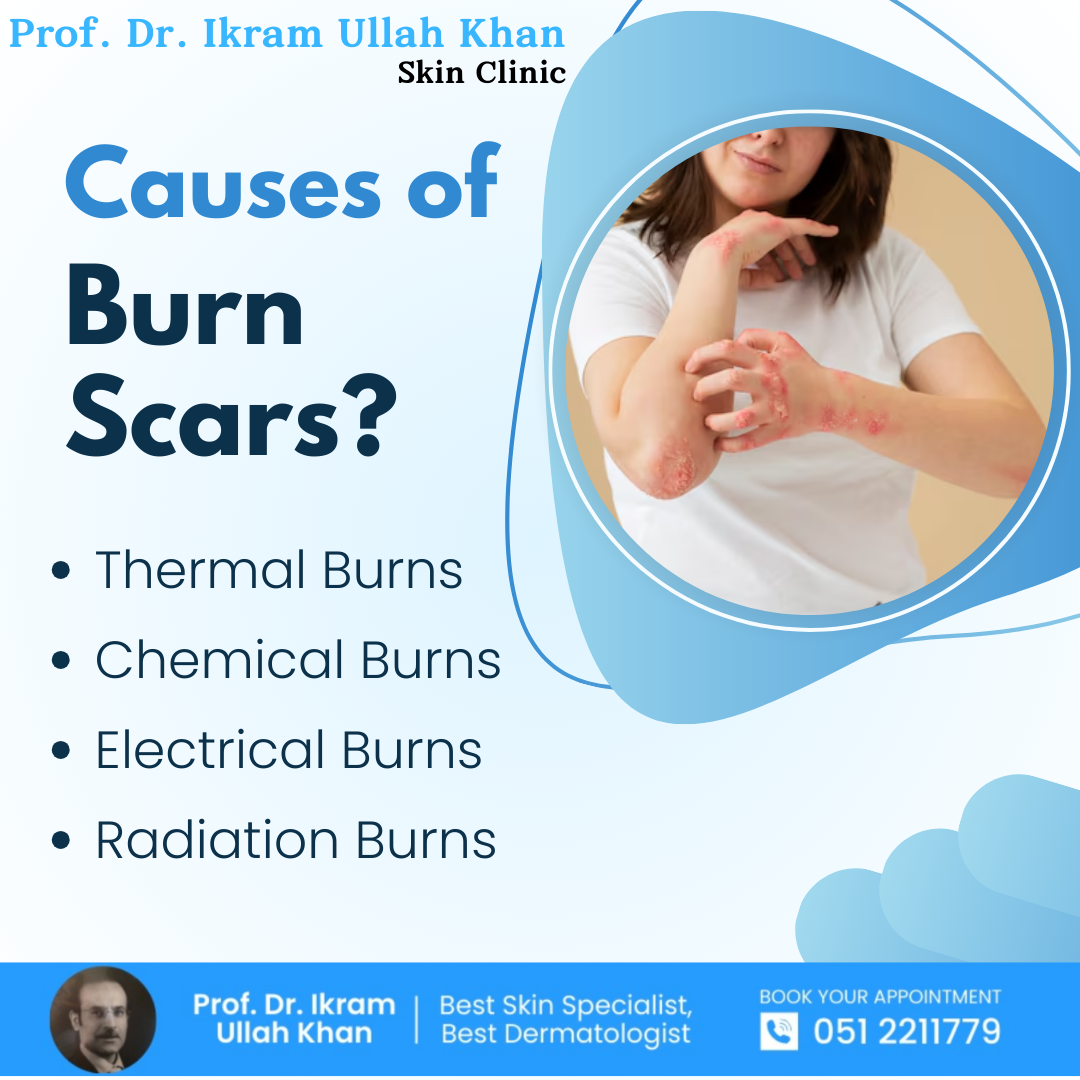
Burns are classified by how they occur in the following ways. The most common causes include:
- Thermal Burns: Resulting either from burns contacted with hot objects, flames, steam or Scalds.
- Chemical Burns: Contact with strong acids, alkalis, or industrial cleaners or any other form of abrasive materials is likely to cause harm to the skin.
- Electrical Burns: These are as a result of an electric current being applied to the body and almost always affecting deep tissues.
- Radiation Burns: Which are usually caused by extended exposure to the Sun’s ultraviolet radiation or radiation utilized in treating cancer.
Types of Burn Injuries
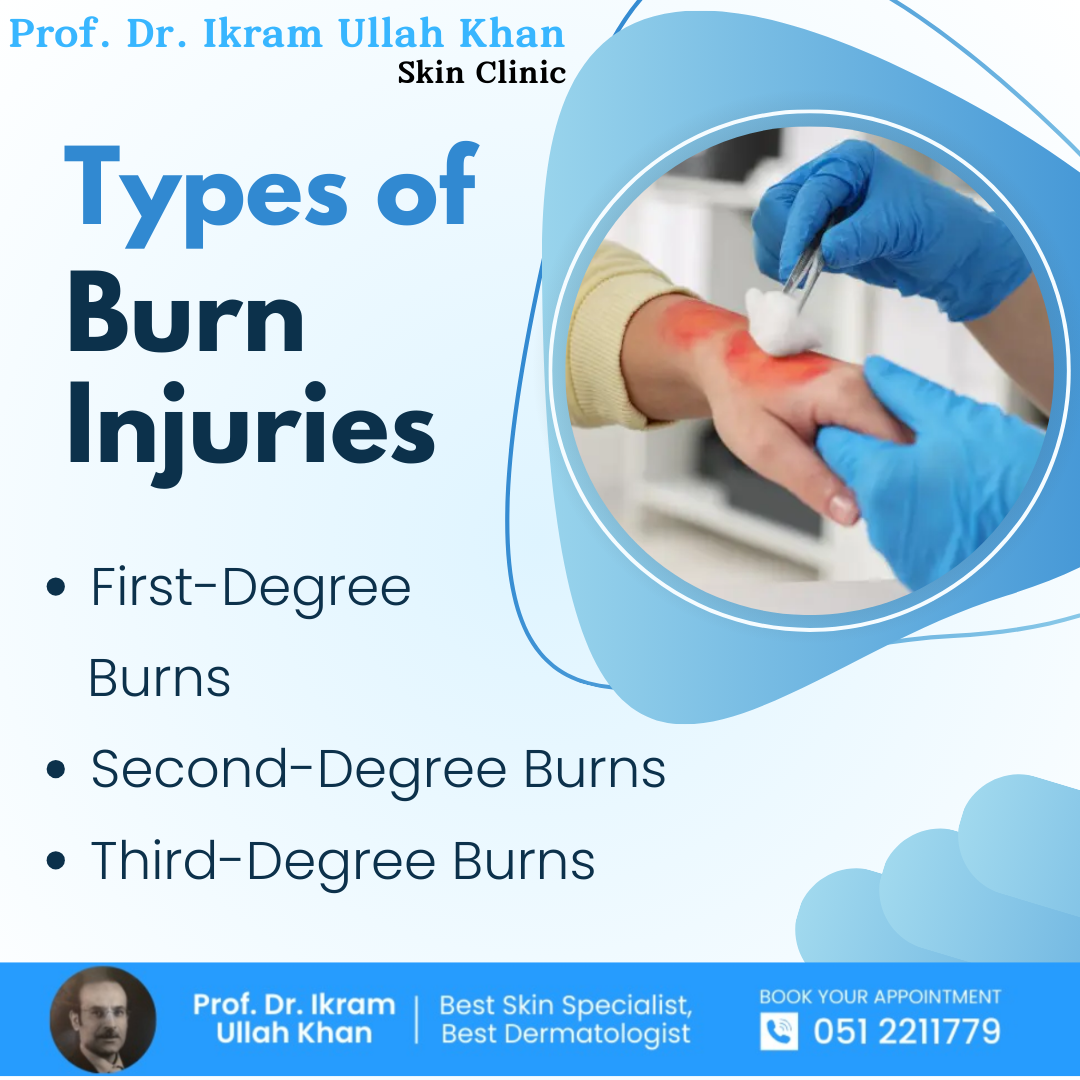
The severity of a burn is categorized into first-degree, second-degree, and third-degree burns:
- First-Degree Burns: This occurs at the outside of the skin also known as the epidermis layer. First-degree burns produce erythema or redness, mild to moderate discomfort but do not blister and therefore does not scar.
- Second-Degree Burns: Injury both the outermost part of the skin called epidermis and the layer known as dermis. These burns make formation of blisters and can lead to scar formation.
- Third-Degree Burns: Able to penetrate right through the skin, lay waste to the epidermis and the dermis. Most of these burns involve the skin and call for a graft and scarring of the skin.
Conventional Therapeutic Approaches in Burn Scar Management
Healing of burn scars may be a long-going operation that may involve the use of many procedures for the best outcome. Traditional approaches include:
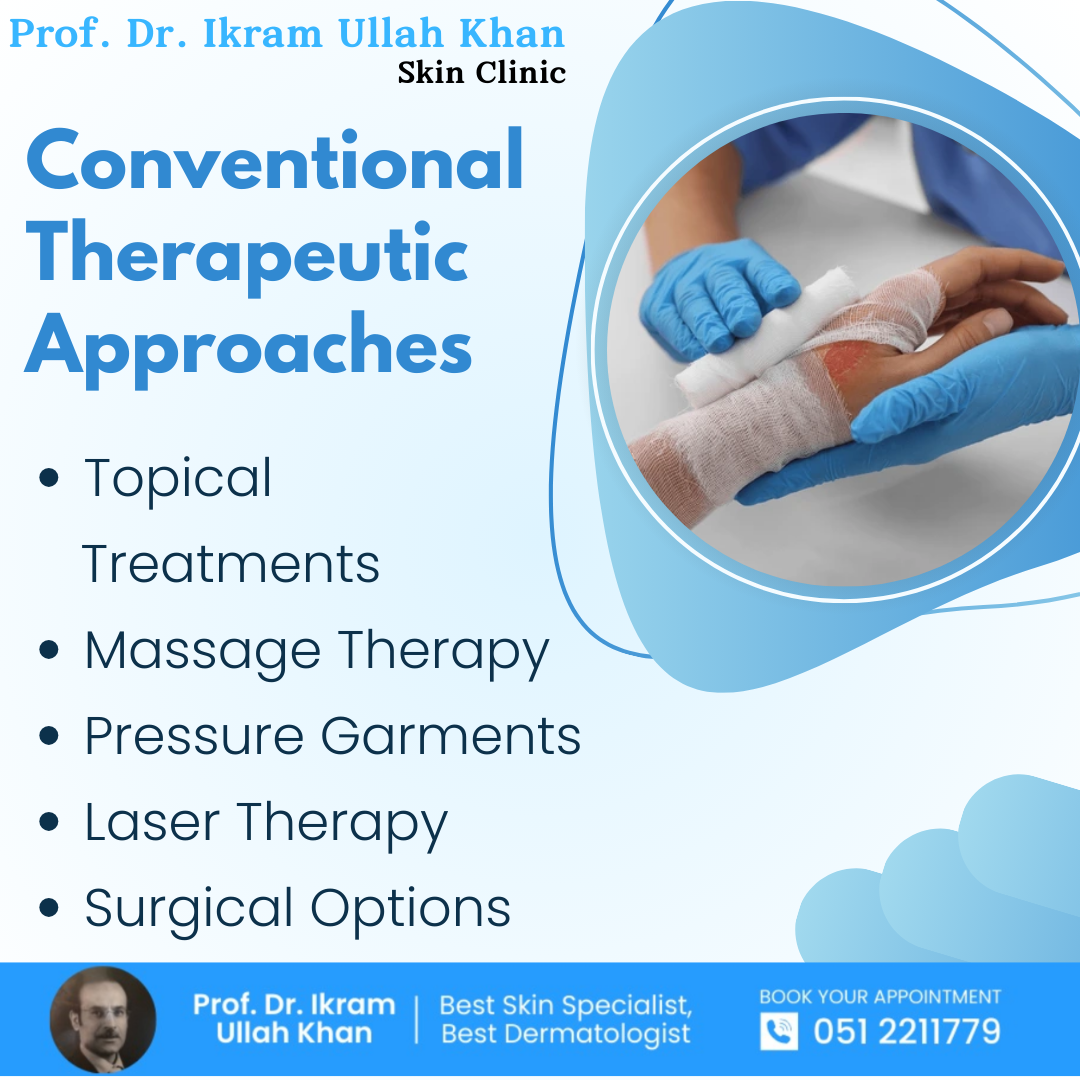
Topical Treatments:
Some creams or ointments such as silicone gel, corticosteroids, and vitamin E can be used because they have been evaluated to help in softening of the scar and the elimination of redness. Of these, silicone gel sheets are especially useful in reducing the height and texture profile of raised scars and making them look better, in the process.
Massage Therapy:
If the scar area is massaged normally, the skin can be made more elastic, and circulation in the area can be enhanced since much of the fibrous tissue is broken down.
Pressure Garments:
Some apparels specially made to fit the scarred region can reduce hypertrophic and keloid scars since they limit blood circulation and consequently the formation of collagen fibres.
Laser Therapy:
Some of the previous lasers include ablative laser such as CO2 laser that have been used to remove scar and lessen skin pigmentation.
Surgical Options:
In the severe form, skin surgery like graft or scar removal may be required to be done. These surgeries are designed to correct or minimise the presence of scar tissues and to get movement back in the relevant area.
Though these techniques can help alleviate the symptoms many people consider them to be insufficient to erase a severe or a visually impaired scar. Luckily, newer and better kinds of technology in dermatology have been developed to pave way for better treatments.
Extended Healing Therapies for Burn Contractures
Due to the advancement in skin related treatments, the treatment of burn scar has undergone a revolutionary change. Prof. Dr. Ikram Ullah Khan and his team perform many tertiary treatment modalities to enhance both the aesthetic and the physical characteristic of burn scar.
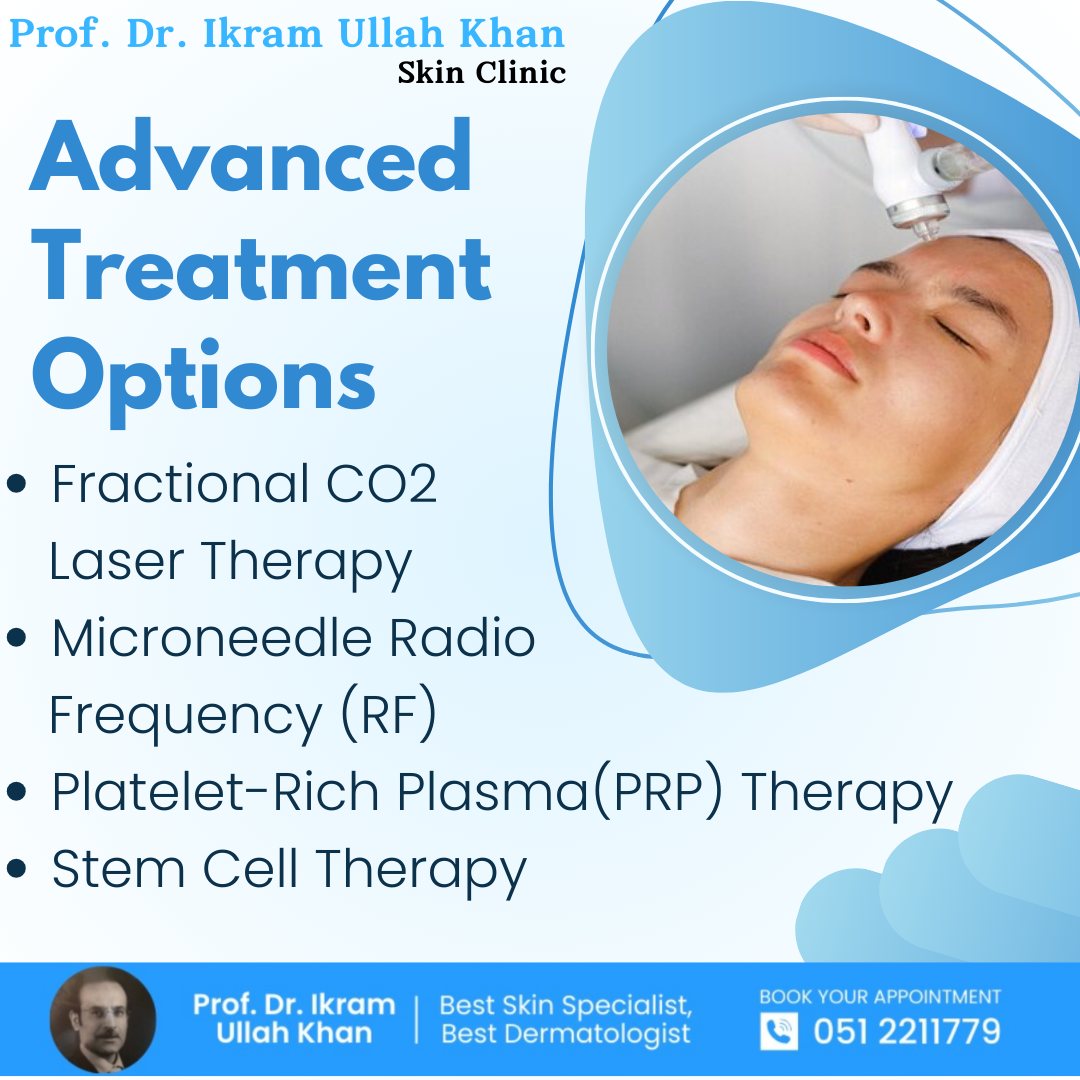
1. Fractional CO2 Laser Therapy
This is a fractional carbon dioxide laser which is one of the best treatments for deep burn scar. This method differs from other laser procedures in that it only damages scar tissue and keeps the area around the wound unaltered. This leads to greater volumes of fresh healthy collagen and elastin being created, and the skin can heal more evenly. Technically, after several sessions of treatment most patients will note a significant change of texture, color and thickness of the scar.
Benefits of Fractional CO2 Laser Therapy:
- Reduces the size of the scar or makes the burn scar less noticeable.
- Enhances the body skin tone as well as elasticity.
- Prevents skin from getting too red or developing pigmentation.
- Shorter recovery periods than typical laser procedures
2. Microneedle Radio Frequency (RF)
Dermapen and RF- Microneedle procedures are a combination of microneedling and radiofrequency energies to treat the epidermal and dermal skin layers. Small needles make micro-injuries that stimulate skin to produce heals while at the same time RF energy stimulates collagen. This treatment is also good for contracture and deep burn scars as well as making the skin more supple and cosmetic.
Key Benefits:
- Promotes synthesis of collagen for reducing skin roughness
- Promotes the flexibility of a scar and helps to avoid contractures.
- Used on all skin types
- Minimal downtime
3. Platelet-Rich Plasma (PRP) Therapy
PRP therapy includes the patient’s blood sample, with platelets contained in the plasma, a substance with numerous growth factors. When applied beneath the surface of the scar, the PRP used invigorates the skin’s repair systems and causes the growth of fresh, healthy tissue. Microneedling or laser therapy combined together with PRP gives even better outcomes.
Advantages of PRP Therapy:
- Natural, means creating something from the patient’s stem cells
- Enhances health of the skin and helps in the healing of scars at a much quicker rate.
- Minimal risk of side effects
4. Stem Cell Therapy
Stem cell therapy is an innovative treatment method that takes advantage of cells’ ability to repair organ damage. So, stem cells have to be injected right into the affected section to stimulate the formation of new healthy skin cells. This can enhance the feel and looks of burn scar tissue especially for those burn scar patients who have extensive scarring.
Stem Cell Therapy Highlights:
- Non-surgical but the effects are likely to be permanent.
- Stimulates skin regeneration
- Reduces scar size and depth
The Psychosocial Support of Burn Scar Patients
As to visible areas of the skin, burn scars can evoke psychological disorders. The common emotions include embarrassment and shame, feelings of depression as well as anxiety in patients.
As per the recommendations from Prof. Dr. Ikram Ullah Khan, psychological support is as much important as physical treatment. To deal with emotional difficulties speak to a counselor, or participate in a support group for burn scar victims.
Prevention of Burn Scars
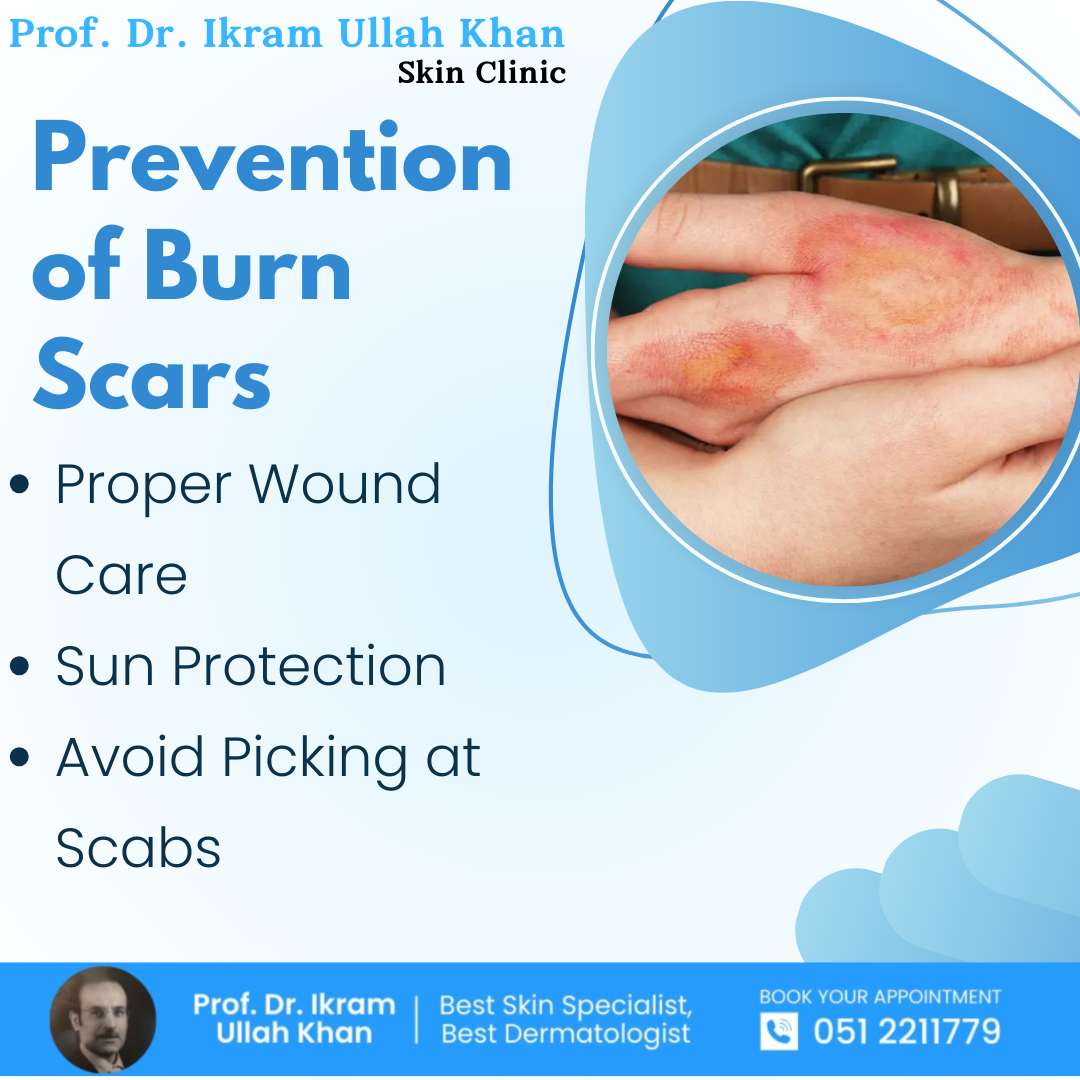
The best thing in any case is to try and avoid getting a burn in the first place, but if one does occur, early action helps limit the long-term effects of scarring. Some preventive measures include:
- Proper Wound Care: Cleaned and properly dressed wound that remains moist heals faster.
- Sun Protection: Shield or cover the newer scar tissue with sunscreen or clothes to avoid the chances of the scar becoming dark.
- Avoid Picking at Scabs: Let the skin heal without interfering with the scabs since they worsen by interfering with it.
Conclusion: Better Prospects for the Management of Burn Scar
Burn scars are among the worst disasters that one can experience, but the latest development in dermatology is offering new options.
The treatments available at clinic of Prof. Dr. Ikram Ullah Khan include Fractional CO2 Laser Therapy, Microneedling with RF, PRP Therapy and Stem Cell Therapy that provides an opportunity to get back natural healthy skin.
The psychological interventions and prevention services along with these high-tech solutions, can allow burn scar patients to rebuild their self-esteem and functionality.
If you or a loved one are having burn scar and looking for a new technique, do visit Prof. Dr. Ikram Ullah Khan to get consultation on how you can get best results through newer techniques. To learn more do not forget to visit our YouTube Channel.

